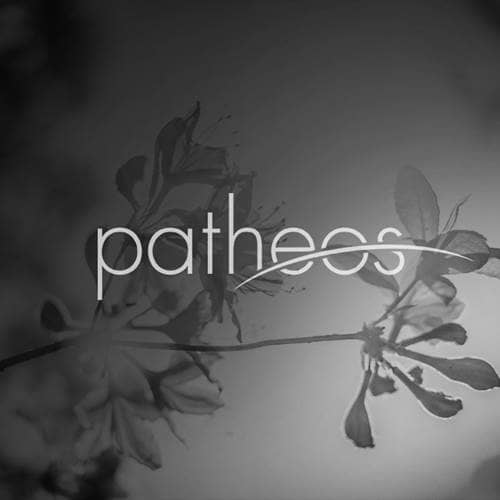- Trending:
- Pope Leo Xiv
- |
- Israel
- |
- Trump
- |
- Social Justice
- |
- Peace
- |
- Love

RELIGION LIBRARY
ISKCON (Hare Krishna)
Rites and Ceremonies
The most important rite of an ISKCON devotee is that of initiation, the ritual by which a person becomes a devotee of Krishna. Initiation takes two forms. The first initiation, or harinamadiksa (bestowing of the holy name of Krishna), functions as initial entrance into the movement. The initiate must first answer a series of creedal questions, and after receiving approval from the guru, may engage in the ceremony of initiation.
The ritual involves a yajna, an ancient fire sacrifice modeled on a Vedic ceremony. As part of the ceremony the initiate makes several vows. The vows include the positive prescription to chant the Hare Krishna mahamantra and the negative proscriptions against gambling, meat-eating, illicit sex, and intoxicants.
The initiate also receives a new name from his or her guru. This new name, always Sanskrit, represents a symbolic rebirth. The name takes the form of a name, quality, or identity of the divine, followed by the suffix "Dasa" (for males) or "Dasi" (for females) meaning "servant of." For example, an initiate might receive the name Balarama Dasa, meaning the Servant of Balarama, the brother of Krishna. (Some male ISKCON members use the shortened version of the suffix, Das, and some female members use the longer suffix "Devi Dasi.")
The second initiation marks full admission into ISKCON, again functioning as a symbolic rebirth. The ceremony draws on the traditional Hindu rite by which members of the three highest castes become "twice-born." In keeping with Bhaktivedanta's own guru Bhaktisiddhanta's innovations, ISKCON offers this ceremony to any individual regardless of caste. This is important, since Hinduism has traditionally looked at non-Indians as casteless, and therefore unable to engage in the twice-born rite. During the ritual, new initiates become equivalent to Brahmins, the highest caste of Hinduism, receiving knowledge of the sacred gayatri mantra and a sacred thread marking them as twice-born. At this point, devotees gain the ritual status of priests, and can therefore engage in all forms of temple worship. Many other Hindus consider this second ISKCON initiation controversial, since it allows non-Hindus to engage in what was traditionally the province of Brahmin priests.
While these two rites mark entrance into ISKCON, the ritual of arti is the most common ritual action undertaken by an ISKCON devotee. (Indian Hindus involved in ISKCON normally call the same ritual action a puja. Both refer to the same activities at the temple.) Artis involve the offering of the elements to Krishna. Bhaktivedanta prescribed the exact form of the arti in keeping with the religious norms of Gaudiya Vaishnavism. Individual Hare Krishna members may perform arti at home, act on behalf of other devotees to perform arti at a temple, or attend a temple where another devotee performs the arti on their behalf. In the event of the later case, devotees participate through chanting bhajans, or devotional songs, as the officiant performs the main actions. Otherwise, arti ceremonies involve the offering of water, incense, light, sound (from a conch shell or bell), flowers, and service (fanning or whisking the images). Not all artis require the same actions, and the prescriptions depend on the time of the day.
In addition to arti, devotees engage in service to Krishna through use of the images installed in the temple, or smaller images installed at home. ISKCON intends such service to bring a devotee to a higher level of rasa, or relational status with the divine, through treating Krishna as a beloved child or friend. Service involves waking the deity, feeding it, and putting it to sleep. Each step requires specific actions performed in the spirit of devotion. Awakening a deity, for example, includes washing the image and clothing it.
Finally, ISKCON devotees engage in the group devotional practice known as kirtan. Though sometimes equated with communal chanting, kirtan functions as more than merely social worship of the divine. It is a public marking of devotees as servants of Krishna as well as a means of spreading the glory of Krishna and knowledge of his nature. That is, it functions as a means of proselytizing as well as worship. While devotees perform kirtan in ISKCON temples, they also do so in public places such as parks, streets, and festivals, and this is known as sankirtan or harinam. In addition to singing songs of praise, sankirtan can involve public preaching and the distribution of religious literature. During the late 1960s and 1970s, sankirtan bestowed a lasting image on ISKCON, as devotees became known for performing sankirtan in airports and other conspicuous public places, sometimes without regard for the inconvenience they caused. Since that time ISKCON has shied away from the most confrontational forms of sankirtan, though devotees still engage in the practice throughout the world.
Study Questions:
1. Describe the ritual events of harinamadiksa.
2. How does the second initiation ceremony transform the Hindu conception of caste? Why is it controversial?
3. What is arti? How is it performed?
4. Why has kirtan been considered a form of proselytizing?










